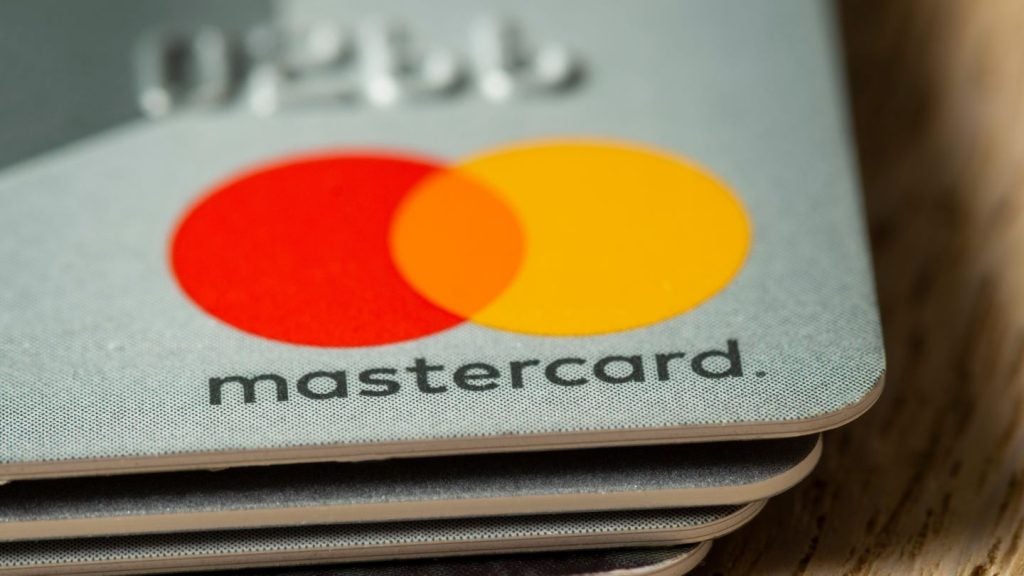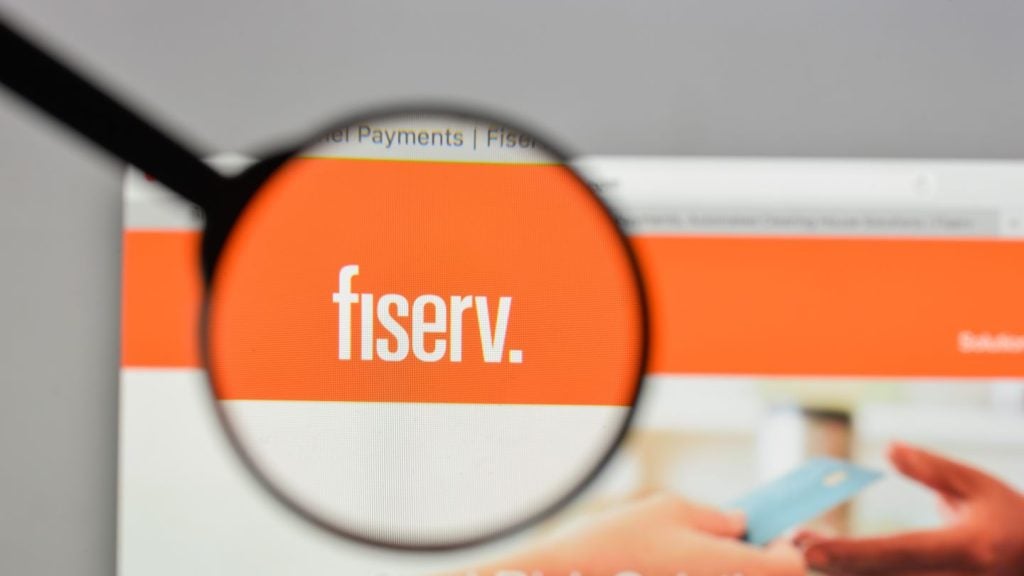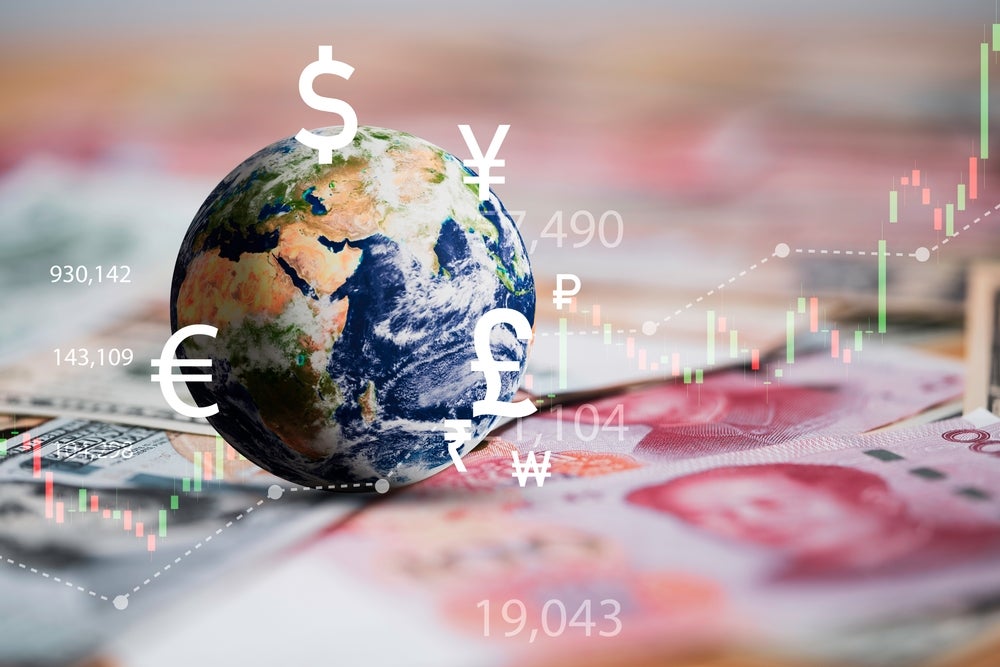The exponential growth of mobile payments services in Sub-Saharan Africa is beginning to prove beneficial to aid distribution agencies. But in order to bring more sustainable, long-term benefits to people in the region, more sophisticated services are needed. Chiara Francavilla looks at those needs and how they are being met.
16% of adults in Sub Saharan Africa have made at least one mobile transaction in the last year, according to a recent report by the World Bank. Comparing this with the global average of 5%, it is clear that the region is significantly ahead of the curve when it comes to adoption.
The explanation for this is obvious – mobile payments allows users to overcome some of the barriers preventing accessing the traditional banking system, such as reaching a bank branch, providing identification and proof of address and paying account opening fees.
Safaricom famously stole a march on the banking sector with M-PESA, but that lead is being eroded fast as more traditional banks, and the major global card networks, get their own strategies in place and are beginning to position themselves in the market.
While services like M-PESA provide a convenient method of person-to-person payment, and even lay the ground for personal savings facilities, another essential use for the mobile channel is the distribution of aid.
Mobile money for food in Niger
The World Food Programme (WFP), in partnership with the mobile operator Orange, recently began a mobile trial money transfer programme in the urban centres of Tahoua and Tillabery in the Niger, West Africa. The programme’s 4,800 beneficiaries receive a phone and a SIM card linked to an Orange Money account.
USD65 is transferred to the account every month, and can be withdrawn at designated distribution centres, such as NGO offices or local bank branches. "The phones have a dual function. They are both communication means and recipients for money transfer," Giorgi Dolidze, WFP officer in charge of the project, told Electronic Payments International.
Mobile transfers enable the WFP to diversify the means of aid distributions, which is usually disbursed mainly through microfinance institutions. Those centres receive and distribute large amount of cash every month and monitor the disbursements with hard copy registers. "When we operate in the traditional way in the microfinance institutions, we have to verify up to 50 thousand signatures per month," explains Dolidze.
Mobile money transfers allow not only to distribute cash in different locations, but also to ease the monitoring process . Orange provides the organisation with a virtual receipt when cash is withdrawn, which "makes the tracking much easier for us", Dolidze says.
A bridge for the unbanked?
Dolidze says the trial in Niger is primarily aimed at improving food security, but also serves to promote and boost financial inclusion among participants. "Some of the distribution points are inside local bank branches. For many it is the first time they are required to visit a bank and they have a sort of account," he says.
However, while the potential clearly exists to develop some kind of banking relationship, this is currently beyond the scope of the WFP programme. The beneficiaries are strongly encouraged to withdraw all the transferred money at once, to avoid misuse. As such the account is not used for deposit. "The saving functionality is there, but we don’t use it," Dolidze says, stressing that the programme targets the country most vulnerable people.
However, other NGOs operating in the continent have already fully embraced all the opportunities m-banking offers. The US charity CARE International has recently introduced m-banking into its Access Africa programme, which includes a number of microfinance schemes in 25 Sub Saharan Africa countries.
"Mobile money transfer has been a game changer," Lauren Hendricks, executive director of CARE’s Access Africa, told Electronic Payments International.
Hendricks explains that CARE financial inclusion programmes start by the setting up of communal savings groups, where "cash is kept in a box in somebody’s house". CARE beneficiaries are usually rural farmers whose income depends on the harvesting season. Once some savings are accumulated allowing group members to sustain themselves in the periods of no income, members start saving individually using an m-banking account, and a bank account afterwards. This is the pattern to financial inclusion Hendricks has observed.
The possibility to put savings in formal and regulated systems, whose m-baking constitute the first step, encourages people to save. "We observed that when people had access to a formal savings system, they increase their saving rates by 40%. The formality of the account, and the perception that the money is safe causes our clients to save more," says Hendricks.
Mobile money providers and banks have also started partnership that smooth the transition from m-banking to traditional banking. For example, in 2010, Safaricom partnered with Kenyan commercial and microfinance bank Equity Bank to launch M-Kesho, a banking service that can be linked to an M-PESA account. According to the International Monetary Fund, 700,000 accounts have been opened since then, with around USD8 million in total deposits.
No threat to banks
M-banking may appear as a competitor to the traditional banking system, but the emerging of cross-industry initiatives such as M-Kesho shows that it could benefit both mobile operators and banks
Mobile banking should be regarded as an opportunity for the traditional banking system rather than a threat, Bill Gajda, global head at Visa Mobile told Electronic Payments International.
"Mobile payments services are enormously helpful for unbanked individuals, but they can’t replace banking services," he says. "They do not offer sufficient services, and people, particularly the emerging middle classes, will quickly find themselves requiring more sophisticated financial product, and banks must be ready to provide them.
"It has to be a partnership. In most markets it would be difficult for a bank to develop the physical distribution network that mobile payments have," says Gajda. "As such, mobile operators are a channel for banks to develop new customer relationships."
As developing countries grow in sophistication and appetite for financial services, they will quickly reach the limits of current mobile banking and payments services. This is already beginning to happen and users’ appetite for credit and insurance products has started to show. "Users of basic mobile payments services are the credit, insurance and mortgage costumers of the future," says Gajda.
The smart banks are those who view mobile payments services not simply as an opportunity in their own right, but as an opportunity to build long-term relationships.










